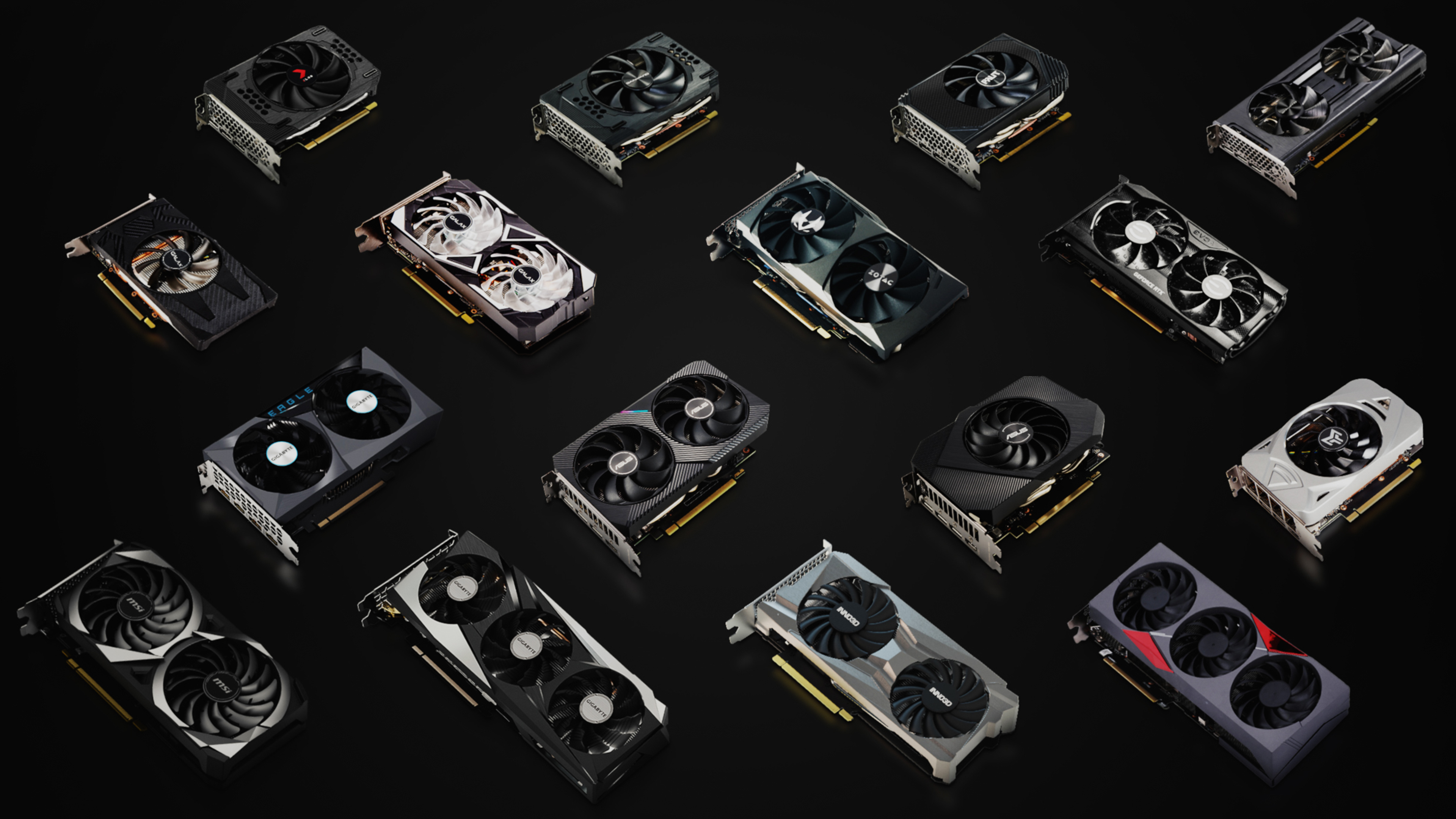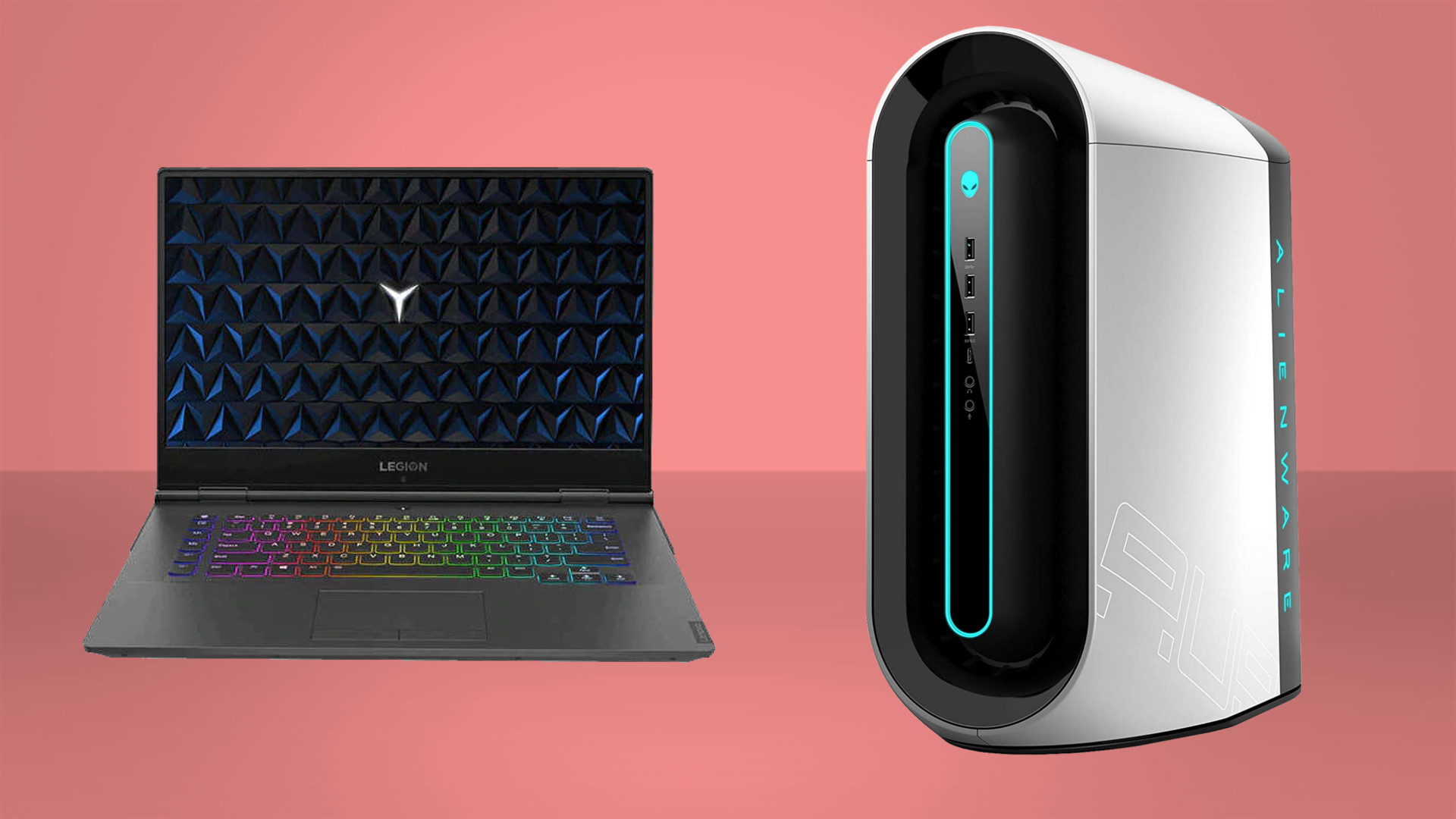Nvidia could use a more efficient GPU in the RTX 3050 if supply runs dry
The GA107 GPU could make its way into the desktop RTX 3050 8GB, a report suggests.

There could be two distinct variants of the Nvidia GeForce RTX 3050 8GB in the near future: those fitted with a GA106 GPU and those with a GA107 GPU. The differences between the two should be minimal, but there's the possibility that the GA107 model will be slightly more efficient than the existing GA106 one.
Nvidia released the GeForce RTX 3050 as a discrete graphics card on January 27, and it offers a moderate list of specs for the money: 20 SMs, 2,560 CUDA Cores, 80 Tensor Cores, 20 RT Cores, and a boost clock speed of 1,777MHz. Besides its 8GB of GDDR6 memory, that's all courtesy of the GA106 GPU at its core.
That's the same GPU as the RTX 3060, albeit with far slimmer specs than its bigger, mid-range sibling.
Igor's Lab now reports that there will be an RTX 3050 graphics card with the GA107 GPU, one and the same with that used by the mobile RTX 3050 and RTX 3050 Ti.
The differences in the two versions of the RTX 3050 are expected to be minimal: core counts, clock speeds, and performance should all match, spec-for-spec.
Igor's Lab posits there could be a slight reduction in power consumption for the GA107 model: 115W total board power (TBP) to the standard 130W seen today. This switch-up could have a knock-on effect for overclocking or undervolting—the GA107 chip should take to undervolting a little better as a result of the more efficient design overall.
It appears that Nvidia has been rather smart with the specs this time in order to open the door to this potential switcheroo.
Keep up to date with the most important stories and the best deals, as picked by the PC Gamer team.
As its foundry partner Samsung produces GA106 chips, it will be amassing stock of those that aren't capable of hitting the required specifications of the RTX 3060. So it makes sense to use these as the basis for an even more budget card. But what happens when Samsung's yields go up, and it produces fewer weakheart chips, or as these chips are sold faster than they're spewed forth?

Rather than have RTX 3050 stock dry up in this situation, Nvidia may have planned ahead to make a switch to the GA107 GPU instead. To do so, it's ensured both GPUs are pin-compatible, so Nvidia's partners needn't change their designs to accommodate. It's also reportedly the reason why Nvidia limited the 16x PCIe lane GA106 GPU to just 8x with the RTX 3050: so that a switch to the 8x PCIe lane GA107 won't materially impact the end performance.

Best gaming PC: the top pre-built machines from the pros
Best gaming laptop: perfect notebooks for mobile gaming
This isn't the first time a GPU from a graphics card has been repurposed for use in another. This happened as recently as Nvidia's previous generation, the RTX 20-series, where the RTX 2060 was found sporting both its native TU106 GPU and the TU104 GPU ripped out of higher-end cards. It was recently suggested that the RTX 3060 could house a GA104 GPU with future iterations.
The RTX 3050 earned 77% in our review. In which, Dave calls Nvidia's latest a GTX 1660 Ti with "RTX sensibilities", but notes that it's very much a graphics card born out of the GPU shortage than one "showing off Nvidia's silicon wizardry to its fullest".
The RTX 3050 is one of few readily available graphics cards in the world, at least. It's not necessarily sold at a good price, or close to MSRP, but you could buy one if you so wished. We're hoping for a price correction on this card, too, as if the £500 budget GPUs don't sell, and it would appear they're not in high demand, then cheaper models are to be expected from third-party GPU partners.

Jacob earned his first byline writing for his own tech blog. From there, he graduated to professionally breaking things as hardware writer at PCGamesN, and would go on to run the team as hardware editor. He joined PC Gamer's top staff as senior hardware editor before becoming managing editor of the hardware team, and you'll now find him reporting on the latest developments in the technology and gaming industries and testing the newest PC components.

